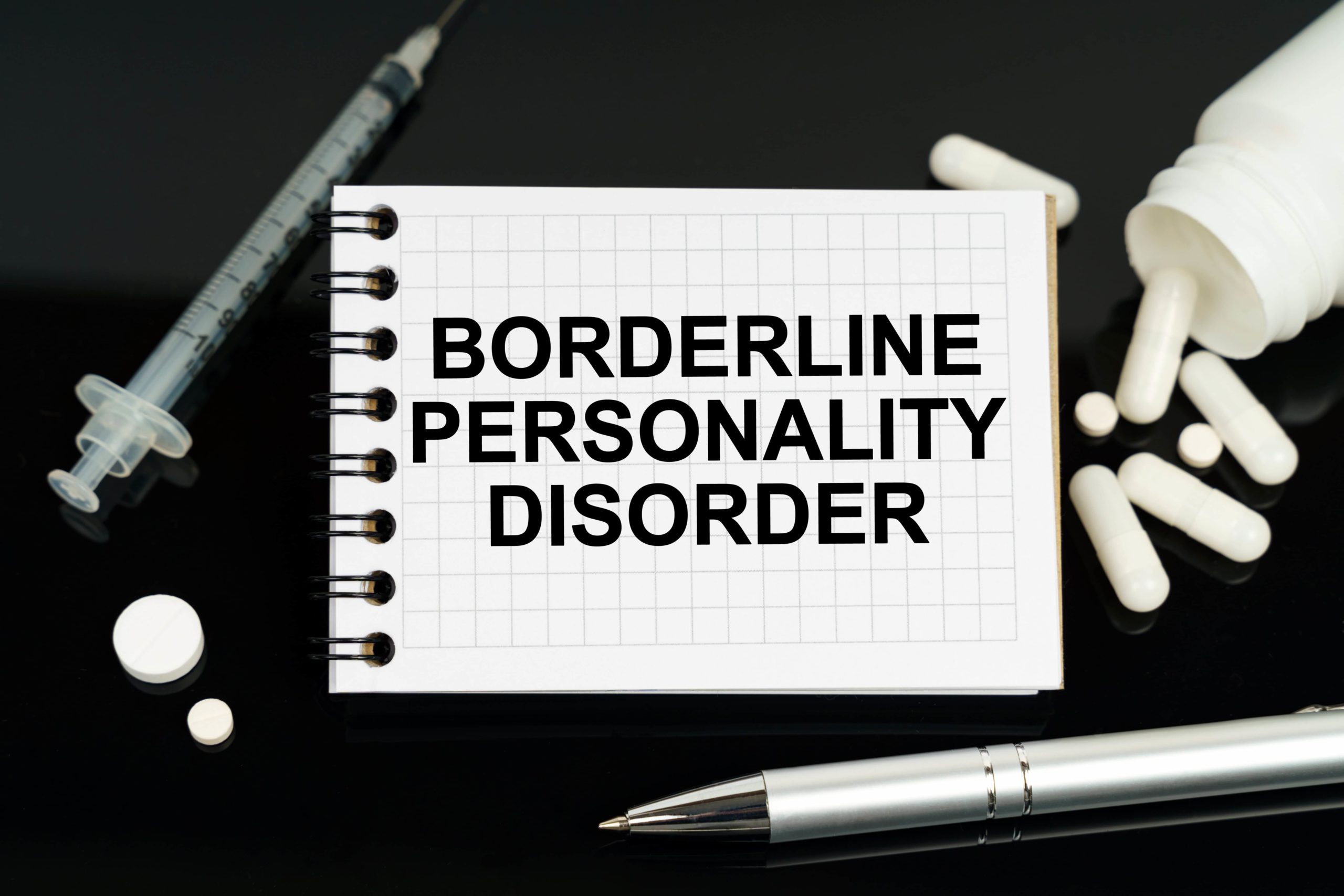The National Alliance on Mental Illness (NAMI) estimates that 1.4% of American adults experience borderline personality disorder or BPD. Of that number, the vast majority diagnosed, 75%, are women. According to the latest research, men are most likely affected in equal numbers but are misdiagnosed with other conditions, such as depression or PTSD.
Research has indicated that many people dealing with borderline personality disorder also will struggle with addiction to alcohol or drugs. The combination of BPD and addiction makes these people less clinically stable and more impulsive; it can lead to more suicidal behavior as well as less adherence to treatment.
What is Borderline Personality Disorder?
A mental illness that manifests through an inability to regulate emotions, borderline personality disorder is marked by a loss of emotional control that can increase an individual’s impulsivity. It also affects how the person feels about themselves and can negatively impact their relationships with friends and family.
Someone with BPD may suddenly experience rapid changes, shifting what they are interested in, or even altering their values. Other signs of the condition include:
- Efforts to avoid abandonment in relationships, whether it is real or perceived.
- Intense and unstable relationships with others.
- A distorted and unstable self-image or sense of self.
- Impulsive and often dangerous behaviors include spending sprees, unsafe sex, substance abuse, reckless driving, and binge eating.
- Self-harming behavior, such as cutting.
- Recurring thoughts of suicidal behaviors or threats.
- Intense and highly variable moods that can last from a few hours to a few days.
- Chronic feelings of emptiness.
- Inappropriate, intense anger or problems controlling anger.
- Feelings of dissociation, from oneself to feeling outside one’s body or other feelings of unreality.
There is a tendency to view things in the extreme with a borderline personality disorder. Not all of these symptoms must be present for someone to have BPD. How severe symptoms are or how long they last will depend on the individual. Diagnosing this mental illness requires consultation with a mental health professional and a comprehensive clinical interview.
Who is at Risk?
As with many mental illnesses and addictions, the research has not revealed definitive causes for borderline personality disorder. What is known is that certain factors do increase a person’s risk. These include:
- Genetics. No specific gene is linked to BPD, but research shows that having a family member with the condition puts a person at a higher risk of developing the disorder.
- Environmental factors. Someone who experiences abuse, abandonment, or other trauma during childhood may be at an increased risk of developing BPD.
- Brain function. Some research has shown a difference in the brain structure of an individual with BPD. These differences occur in the part of the brain that controls emotions and decision-making/judgment. What is unknown is if these changes indicate a risk factor for BPD or if they occurred because of the illness.
For many, signs and symptoms of BPD appear around early adulthood. There is some evidence that the condition may improve with age, and the mental illness can be more severe in young adulthood.
Borderline Personality Disorder and Addiction
The similarities between BPD and addiction make not only a dual diagnosis challenging but also affect the treatment of the conditions.
The two diseases overlap in several ways, including:
- Leading to self-destructive, impulsive habits.
- Causing mood fluctuations ranging from extreme depression to psychotic periods of extreme intensity.
- Displaying deceptive and manipulative conduct.
- Showing a lack of respect for one’s own health and safety.
- Creating uncertainty in relationships, employment, and finances.
Many people with borderline personality disorder may turn to drugs or alcohol to manage their feelings and symptoms. Unfortunately, using substances only exacerbates many of BPD’s most dangerous symptoms, such as rage and depression. This is especially concerning because of the increase in self-harm in those with BPD.
Successful treatment requires addressing both conditions and any other issues the individual may be dealing with, such as anxiety. A combination of psychotherapy, medications, and group, peer, and family support may be the most helpful. A standard therapy method for BPD and addiction is dialectic behavior therapy (DBT). This treatment helps by teaching people with severe mental illnesses how to balance change with self-acceptance so they can live happier, healthier lives.
A licensed mental health and substance abuse intensive outpatient program (IOP) in Scottsdale, Arizona, Rising Phoenix was created to offer a safe, welcoming, and nurturing environment where clients are not judged, but embraced, throughout their recovery process.

